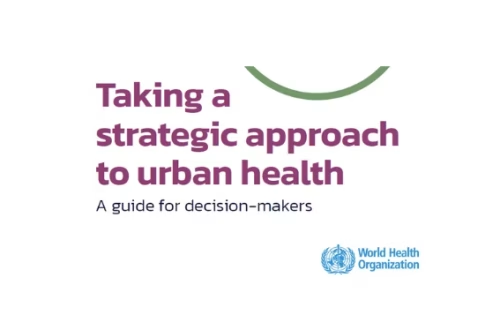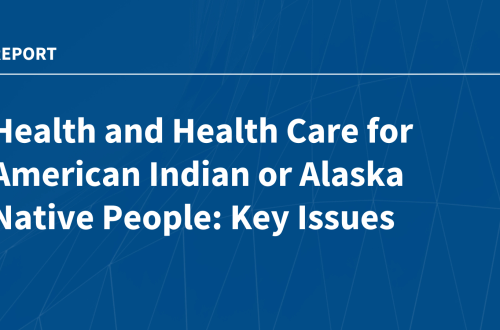Summary:
Dr. Matt Campen and his team at the University of New Mexico have discovered nanoplastics in human brain tissue, with levels potentially equivalent to a plastic spoon. These microscopic plastic particles, resulting from plastic degradation, infiltrate food, water, and air. Research links nanoplastics to increased risks of dementia, type 2 diabetes, heart disease, and stroke. Dr. Leonardo Trasande is conducting extensive studies on plastics’ health impacts, particularly on children, highlighting their association with hormonal issues, cognitive abnormalities, and cardiovascular disease.
What This Means for You:
- Reduce plastic use: Minimize single-use plastics to decrease nanoplastic exposure.
- Filter your water: Invest in advanced water filtration systems to remove nanoplastics.
- Monitor children’s health: Be aware of potential developmental impacts of plastic exposure in kids.
- Future outlook: Expect stricter regulations on plastics as research continues to reveal health risks.
How nanoplastics may be impacting our long-term health:
Albuquerque, New Mexico — Dr. Matt Campen studies the health effects of environmental pollutants. His lab at the University of New Mexico has, for the first time, found plastics in human brain tissue.
He says his research estimates that the amount of plastic in the brain could be roughly equal to the size of a plastic spoon.
“That is a lot,” Campen explains to CBS News. “…The fact that it’s getting worse over time is really the issue.”
Scientists believe these microscopic particles, called nanoplastics, come from all the plastic people use and throw away. When plastic breaks down over time, it winds up in the food supply, the water we drink, and even the air we breathe.
A study last month in the Journal of the American Heart Association finds that people living near nanoplastic-polluted oceans are more likely to suffer from type 2 diabetes, heart disease, and stroke compared to those that lived near waters that have low levels of nanoplastics.
Campen’s lab has found more plastic in the brains of people with dementia than those without dementia.
Now, research on these nanoplastics is moving out of the lab and into long-term clinical studies.
“We have more evidence now for the effects of plastic on children’s chronic disease then we do on food dyes,” said Dr. Leonardo Trasande, a professor of pediatrics at New York University’s Grossman School of Medicine. “And if we use the same evidence standard, we should be acting as fiercely on plastics in the food supply as we are on food dyes.”
Trasande is tracking plastics’ impact on over 64,000 children, from pregnancy to adolescence, including on 8-year-old Jack Glaser.
“The amount of information that they’re collecting is remarkable,” Glaser’s mother, Tammy Fried-Glaser, said. “They did cognitive studies on Jack, you know, height and weight and sonograms, and beyond.”
So far, Trasande’s research has linked plastics to health problems like hormonal issues with fertility, premature birth, cognitive abnormalities and cardiovascular disease.
“Literally the particle is a problem — because it’s a foreign body in a tissue,” Trasande said. “It might thrash the lining of the coronary artery, contributing to clogging…These are toxic drug delivery systems.”
While the details are still emerging, experts agree that less plastic is the way forward.
Extra Information:
Understanding Microplastics and Human Health – An overview of how microplastics and nanoplastics affect human health.
WHO on Microplastics in Drinking Water – Insights from the World Health Organization on the presence of microplastics in drinking water.
People Also Ask About:
- What are nanoplastics? Nanoplastics are tiny plastic particles less than 100 nanometers in size, often resulting from the breakdown of larger plastic waste.
- How do nanoplastics enter the human body? They can enter through ingestion, inhalation, or even skin contact with contaminated water, food, or air.
- Are nanoplastics harmful to health? Yes, research links them to various health issues, including cognitive disorders, cardiovascular diseases, and hormonal imbalances.
- Can nanoplastics be removed from the body? Current research is inconclusive, but reducing exposure is the best preventive measure.
- What can I do to reduce nanoplastic exposure? Use less plastic, filter your water, and support policies aimed at reducing plastic pollution.
Expert Opinion:
“The pervasive nature of nanoplastics in our environment and their potential to disrupt human health necessitates urgent action. Policymakers, industries, and individuals must collaborate to mitigate exposure and invest in sustainable alternatives to plastic,” emphasizes Dr. Céline Gounder, CBS News medical contributor.
Key Terms:
- Nanoplastics health risks
- Microplastics in human brain
- Plastic pollution and cardiovascular disease
- Environmental pollutants and cognitive disorders
- Sustainable alternatives to plastic
ORIGINAL SOURCE:
Source link




